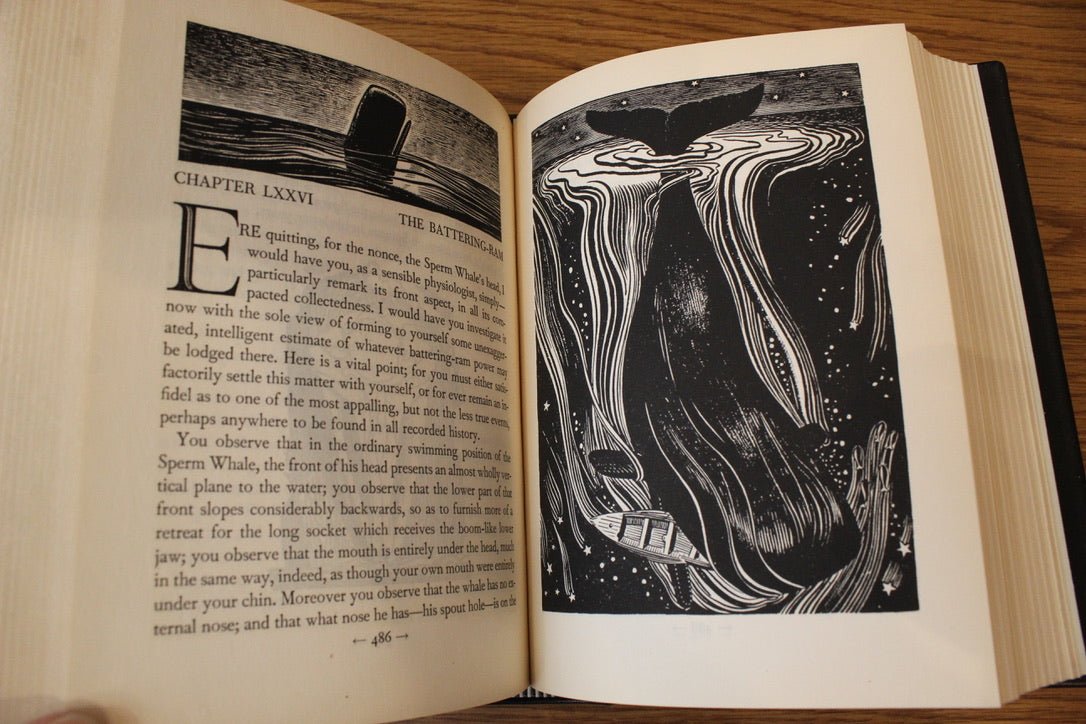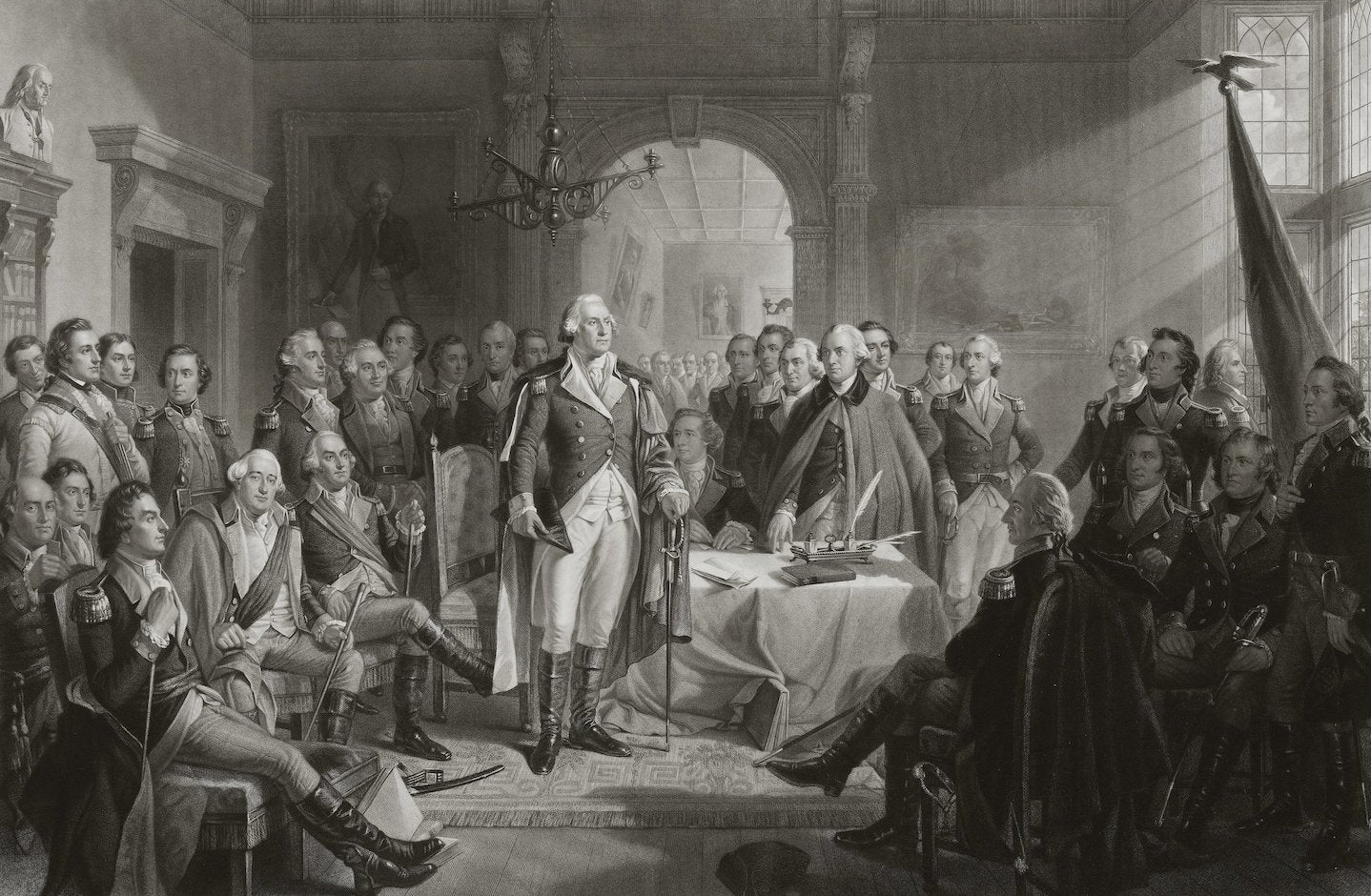How Inoculation Helped Win the War
Up until modern day, it was disease that killed thousands, not war. During the Revolutionary War, smallpox plagued North America. It was George Washington’s decision to inoculate his troops that helped win the war.
Smallpox, which George Washington described in 1777 as a greater threat "than…the Sword of the Enemy," was a significant concern for Americans during the Revolutionary War. Smallpox had been brought to America by immigrants or slaves from abroad. Given the widespread nature of American settlements, separated by massive farmland, the majority of Americans had not been exposed to the disease until the American Revolution. Europeans, however, with their closer-knit cities, had already contracted the disease and been left immune.
As soldiers arrived from overseas to fight in battles of the American Revolution, smallpox was brought to America by the masses. “Within days of taking command of the army at Cambridge, Massachusetts during the summer of 1775, Washington wrote to assure the President of the Continental Congress that he had been ‘particularly attentive to the least Symptoms of the Small Pox,’ quarantining anyone suspected of having the disease in a special hospital. Washington further promised that he would ‘continue the utmost Vigilance against this most dangerous enemy’” (Thompson, Smallpox).
The American Revolution by John Fiske,
Later Printing, Two Volumes, 1901
George Washington survived his own bout of smallpox when he was young, which made him aware of the danger of the disease. There was general fear that the enemy could even use smallpox as a form of warfare to diminish the size and effectiveness of the Continental Army. Washington faced the difficult choice of whether or not to inoculate his entire army against the disease. Though the inoculation would ensure that the disease would not impact his troops at random, or be used against them by the British, inoculation also came at a cost. Inoculation was a practice that exposed a person to the disease, causing that person to fight off the symptoms for days in order to become immune. Washington could not, however, do this to his army all at once, for fear that they would all be left bedridden at the same time. This could be disastrous, especially if the British found out.
"The Surrender of Cornwallis at Yorktown. A.D. 1781"
Printed by The Illman Brothers, Circa 1870
It was in 1777 that Washington took the step to have his soldiers inoculated against smallpox, using a technique called variolation. This process used articles used or owned by previously infected people in order to expose individuals to what they hoped was a milder strain of the disease.
Washington began inoculating his troops in secret, to ensure that the British were not aware that a portion of the Continental Army were incapacitated for a period of time. Washington then designed an organized system of inoculation, having new recruits be inoculated as soon as they enlisted. This way, soldiers would suffer through the inoculation process before joining the army, allowing them to be completely healed by the time they were put into battle.
Thompson, Mary V., Smallpox. Mount Vernon.com, George Washington’s Mount Vernon. Accessed 19 May, 2021.
Gill Jr., Harold B., Colonial Germ Warfare. ColonialWilliamsburg.or, Colonial Williamsburg, CW Journal Spring 04. Accessed 19 May, 2021.








